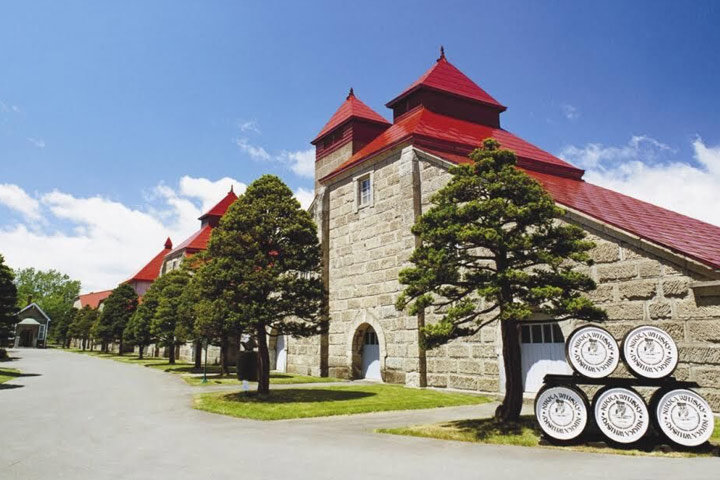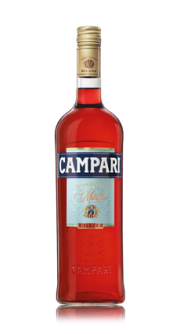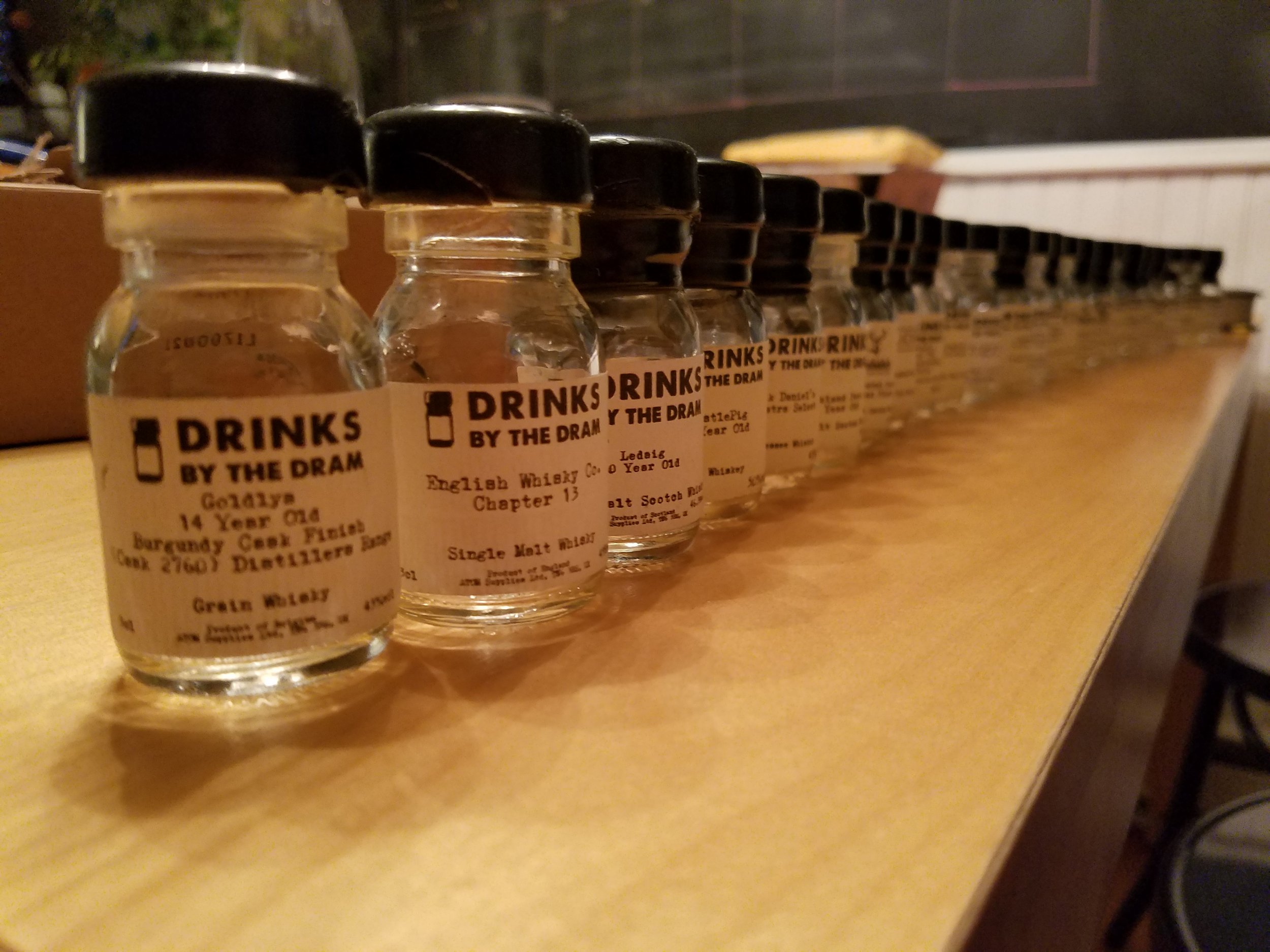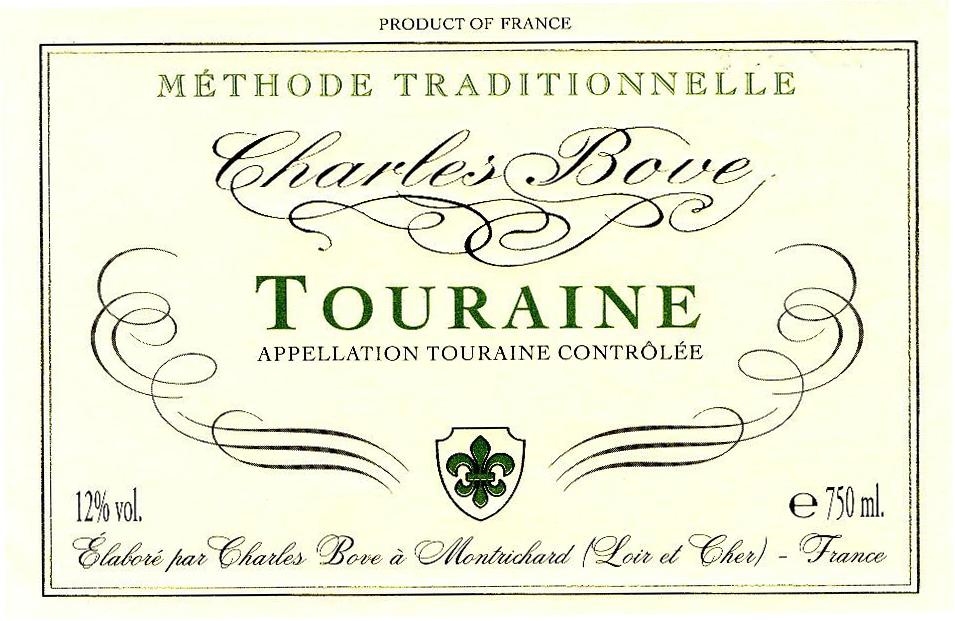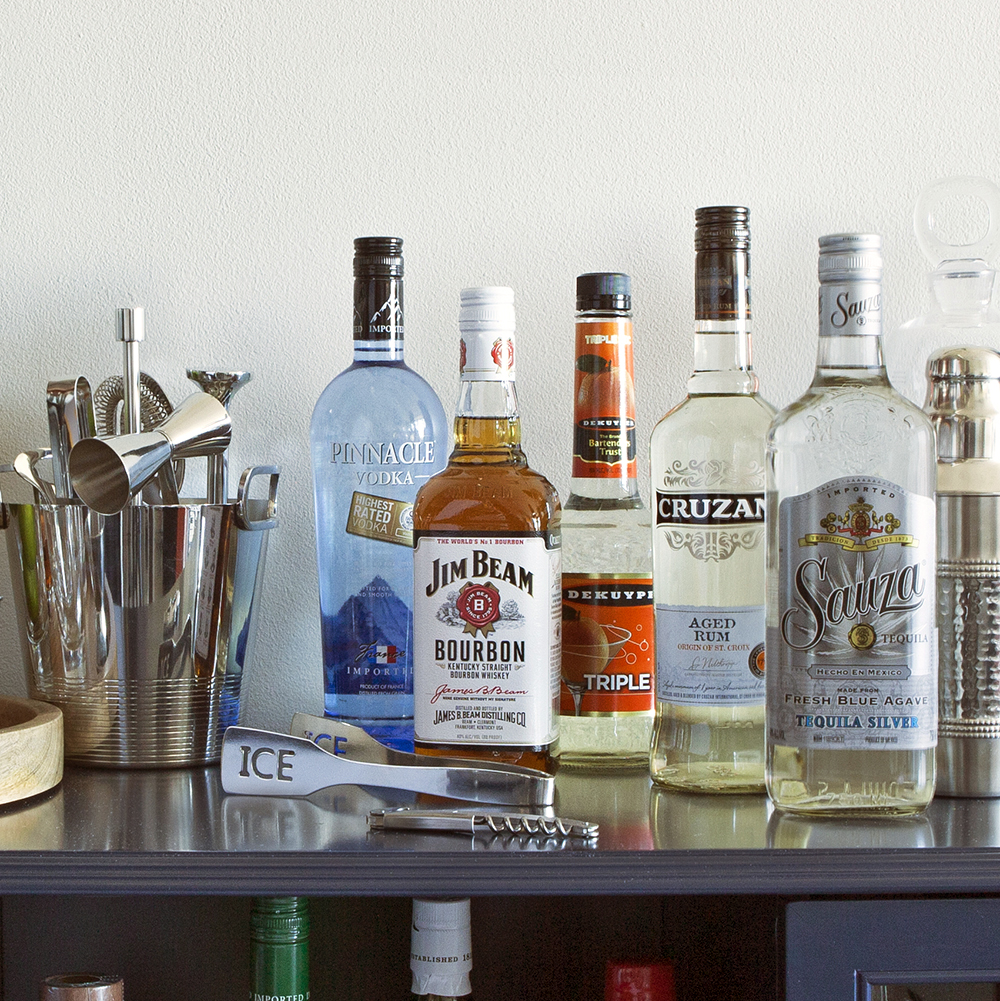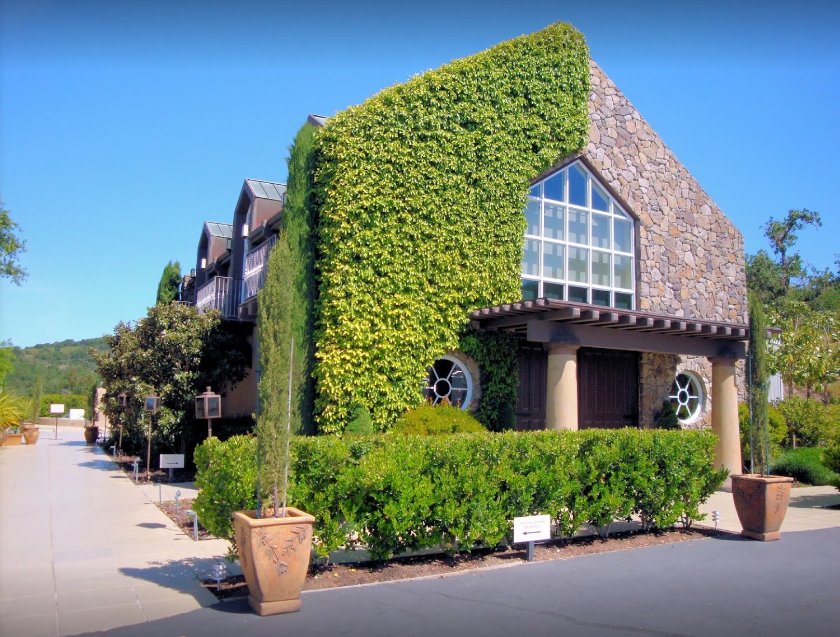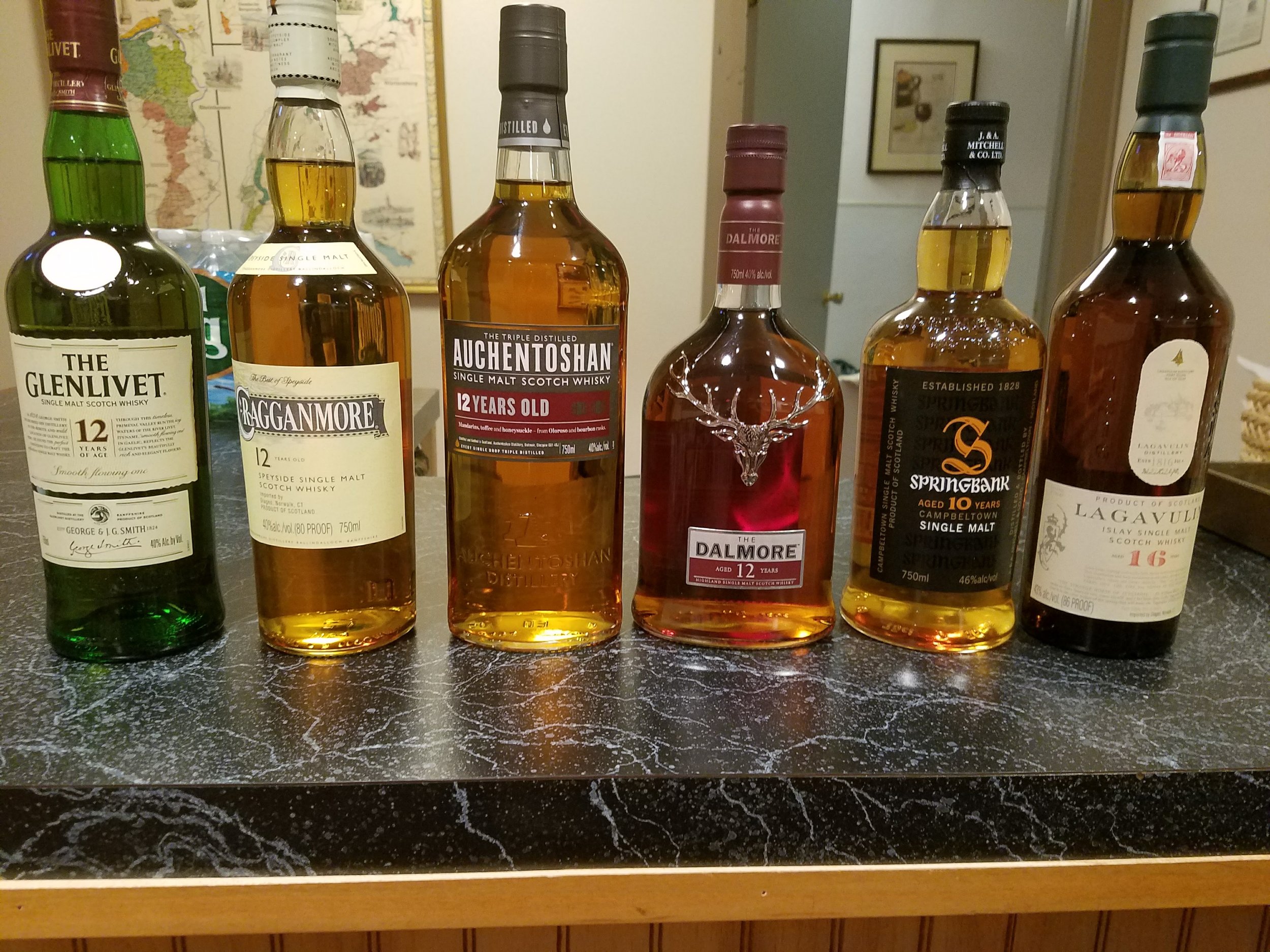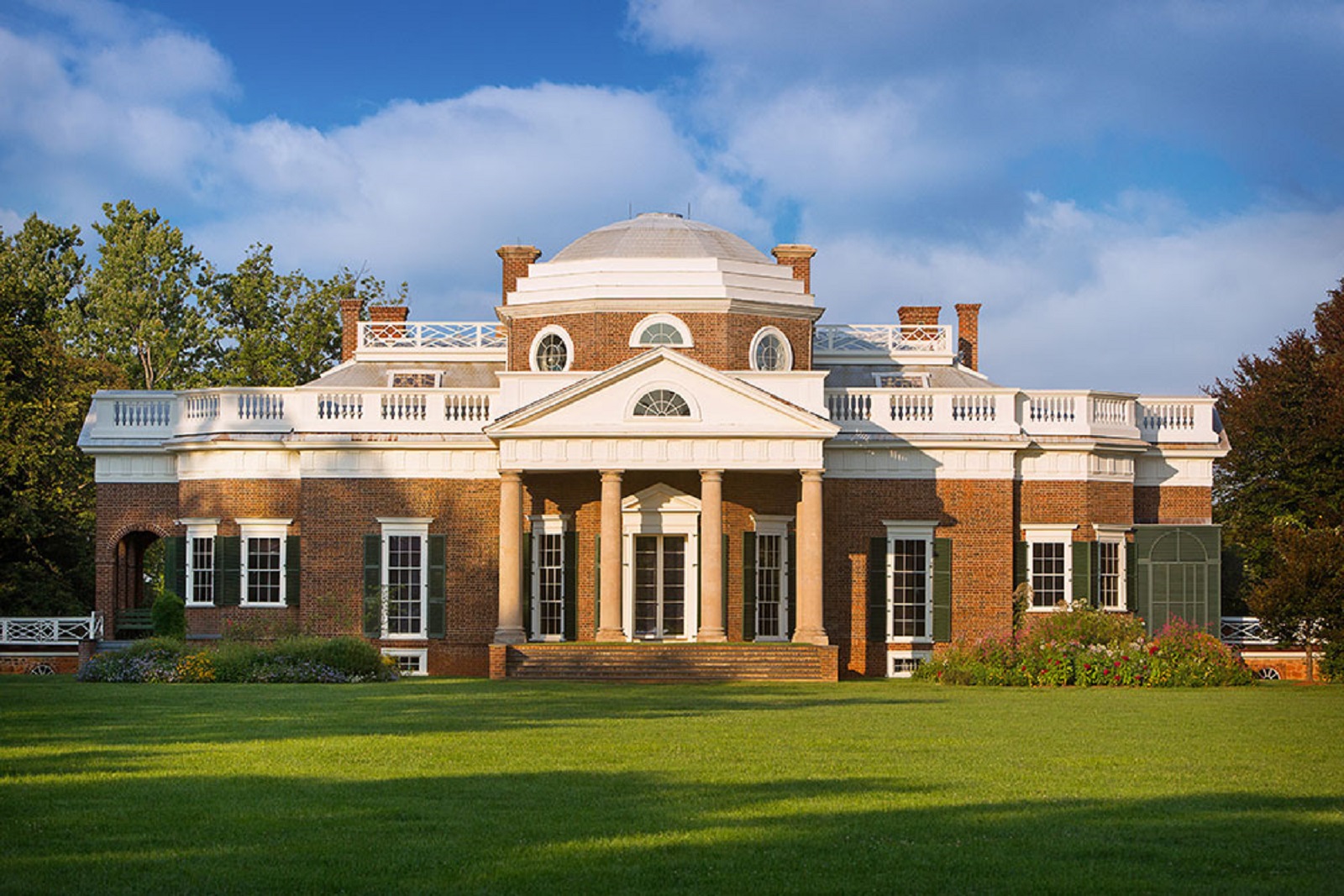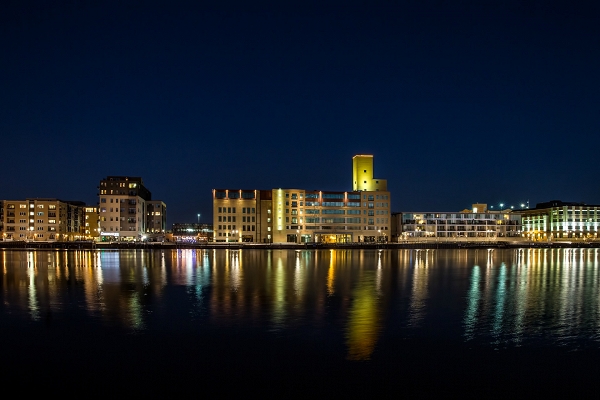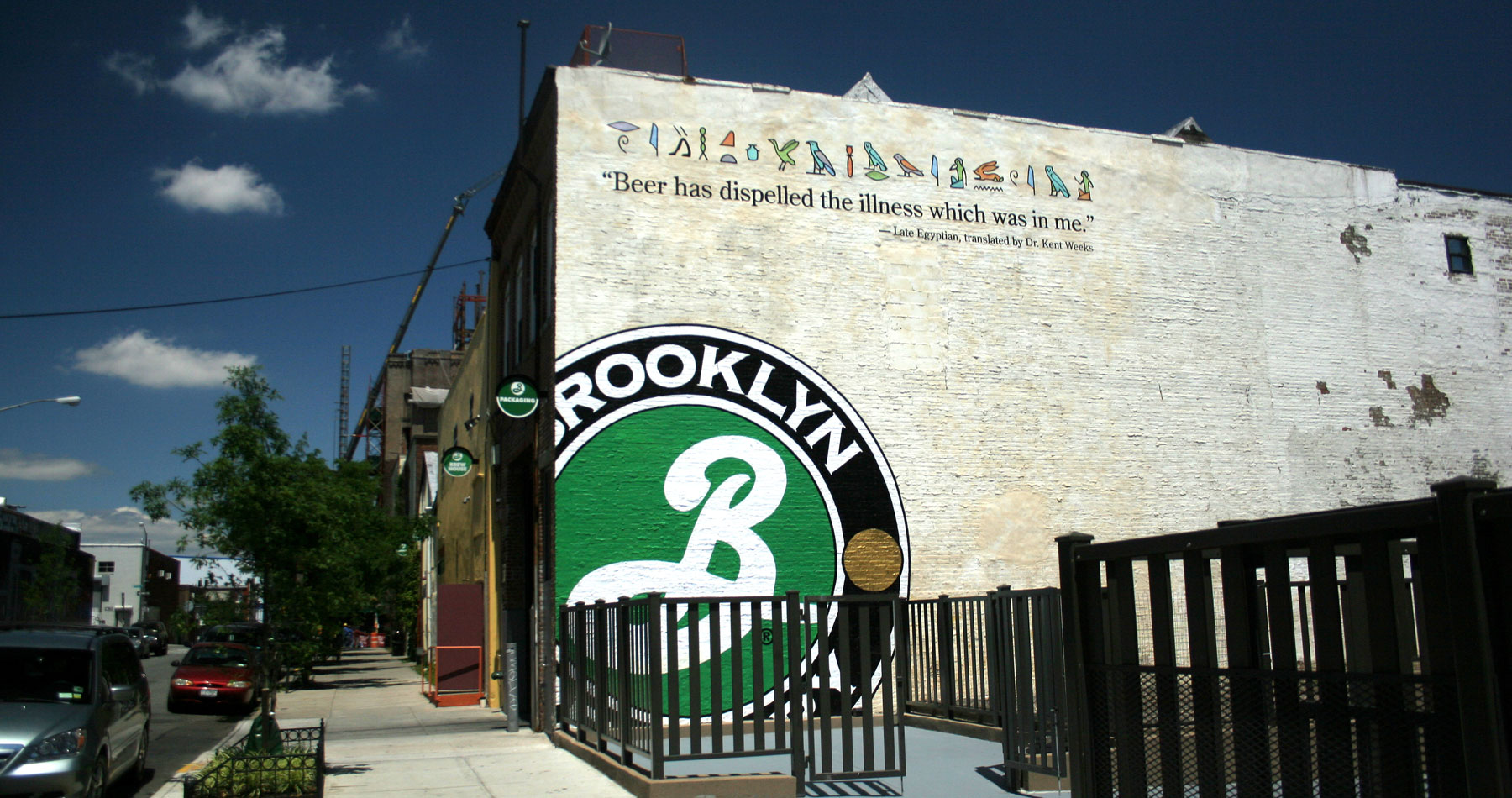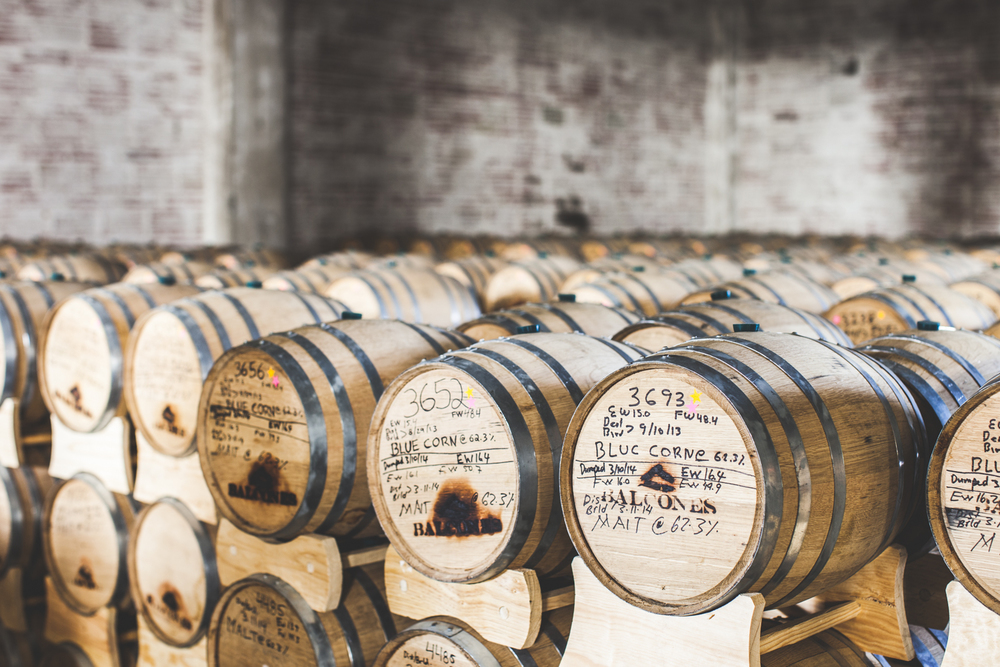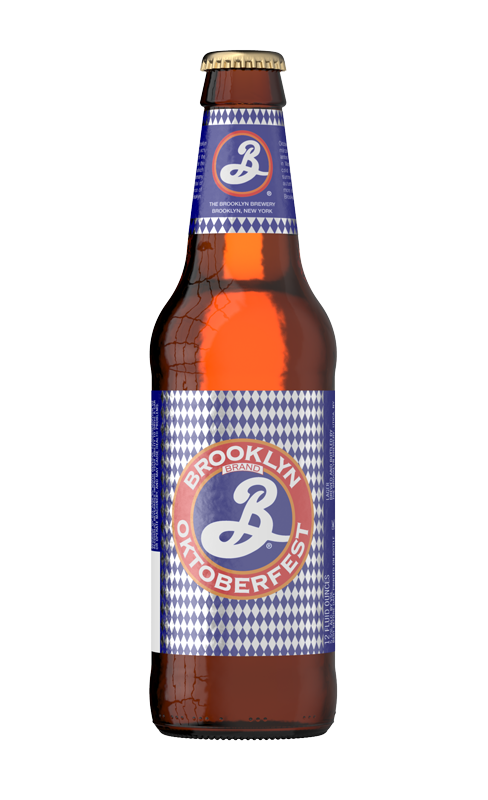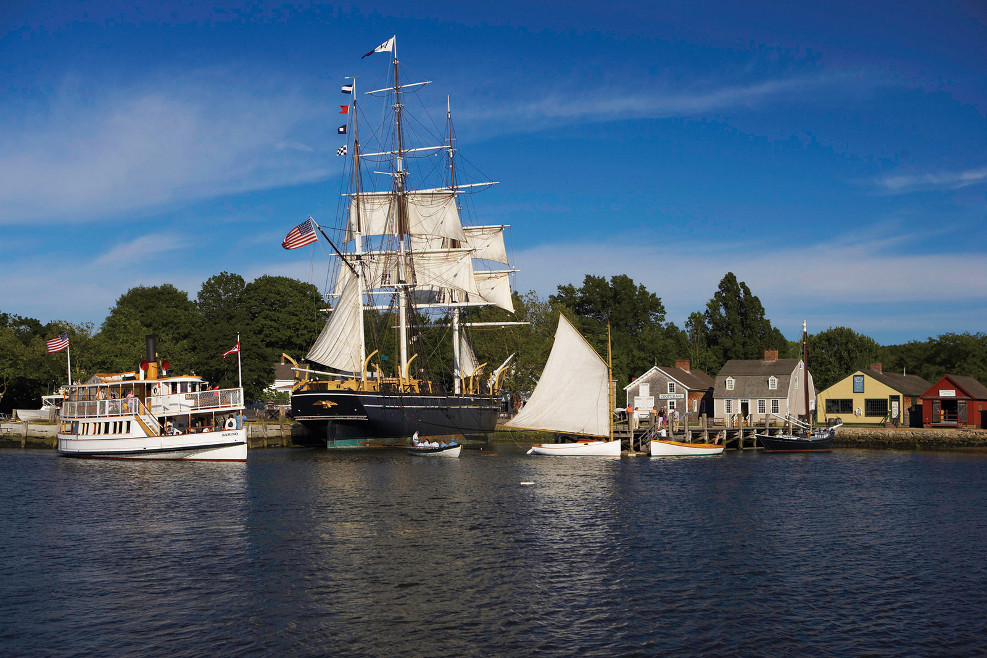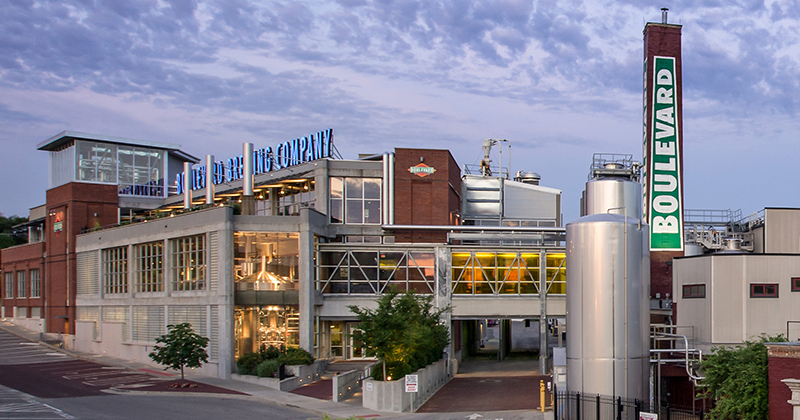What We Are Drinking In February
Another round of brutal wintertime sickness put me behind the 8-ball once again when it comes to sharing some fun drinking info. However, a lot has developed behind the scenes where I am going to be busy in the month of February. This is thrilling for me as it will help me push through the rest of this awful winter with some tremendous events and classes.
If you are in Southeastern Connecticut, you won't want to miss these.
Frederick Wildman 2016 Burgundy Tasting (Trade only), February 8th
Frederick Wildman & Sons is an importer/distributor of fine wines, who will be hosting an event in Boston showcasing wines of Burgundy's 2016 vintage. Winemakers will be on-hand, so this will be a fun one. You will certainly get a report of the experience from me sometime next week.
Japanese Whisky Class at Divine Wine, February 15th
I will be launching a Japanese whisky session in the store's classroom from 7:00-9:00pm, featuring a range of whiskies acquired by Skurnik Wines & Spirits in 2017. More Japanese whisky products seem to be hitting shelves weekly as it is the fastest-growing whisky category at the moment. This course will expand on basic topics covered in my Whisk(e)y 101 sessions and take a deeper dive into what's happening in Japan. Just $20 per student. You can register by calling (860) 691-1053.
Wine 101 at Divine Wine, Begins February 21st
The Boss himself, Ken Turcotte, will be running his awesome wine foundation course over three consecutive Wednesday nights beginning February 21st, 7:00-9:00pm. Ken has delivered this course to over 1,000 students during the store's 15 years of existence. Taste wines and discuss all aspects of wine from field to bottle in a casual setting. Tuition is $100 for the three-week package, which includes study materials and wines. Call (860) 691-1053 to register and make payment.
Trimbach visits Divine Wine, February 22nd
We are in for a real treat later this month as Jean Trimbach of legendary Alsace wine producer Maison Trimbach, presents a range of wines in the Divine Wine classroom from 7:00-8:30pm. Trimbach has been making exquisite wines since 1626. This is one I am not going to miss. Absolutely FREE to attend, but you can buy wines at the end of the program if you like. Call (860) 691-1053 to RSVP.
